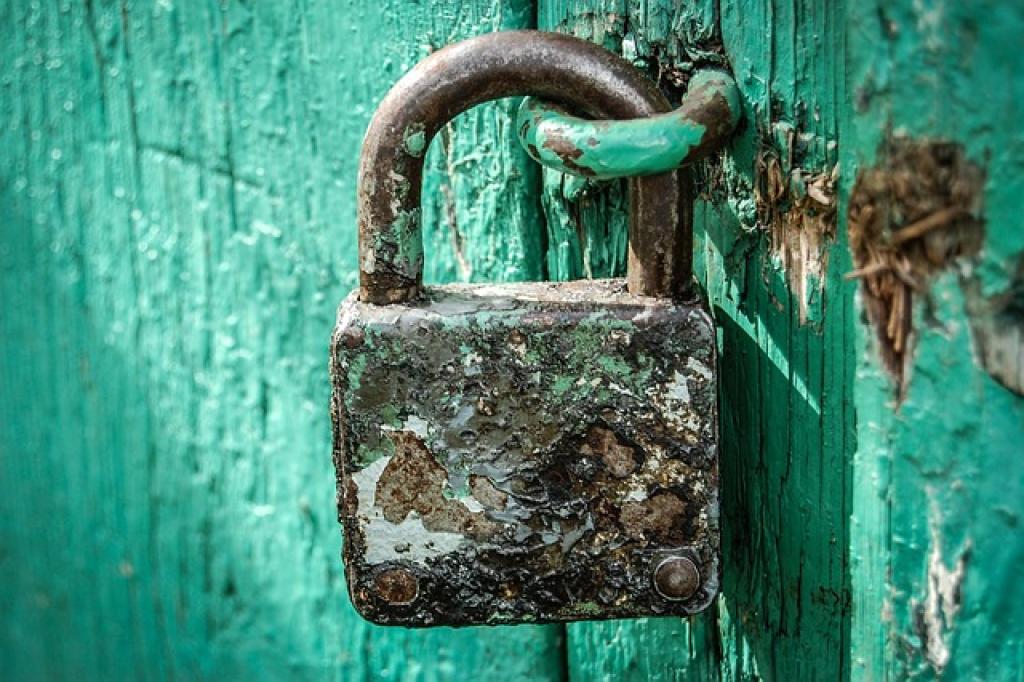
Enhancing Media Event Security in San Francisco Bay Area: Expert Tips by Jeff Gutierrez Event Security
Hosting a media event in the vibrant San Francisco Bay Area comes with unique challenges and opportunities. This dynamic region, known for its tech innovation and cultural diversity, is also a hotspot for journalists and influencers, making security at events a critical priority.
Event security is about more than just crowd control; it encompasses everything from digital safety to managing unexpected disruptions. In this bustling environment, ensuring a seamless experience for attendees and security professionals alike is a top concern.
To shine a light on best practices and innovative strategies, Jeff Gutierrez Event Security shares expert insights designed to bolster safety without sacrificing the engaging atmosphere guests anticipate. Whether you’re planning a small press gathering or a major launch event, these tips will help you ensure your event runs smoothly, keeping security airtight and guests delighted.
Understanding the Current Security Challenges at Media Events
In today’s fast-paced world, media events face a unique blend of security challenges that demand careful planning and execution. One of the foremost issues is the growing threat of cyber attacks. With sensitive information often shared during these events, safeguarding digital data is as crucial as physical security.
Media events also frequently attract high-profile guests, which can lead to potential privacy concerns and unauthorized access attempts. Managing these risks requires a strategic approach to access control and venue surveillance.
Navigating Crowd Management
Crowd management remains a fundamental challenge, especially at large-scale gatherings. Ensuring smooth entry and exit while preventing bottlenecks demands thoughtful layout planning and staff coordination.
The unpredictable nature of media events, often subject to last-minute changes, adds another layer of complexity. Security teams must be agile, ready to adapt swiftly to any alterations in schedule or venue setup.
Finally, ensuring the safety of all participants means being prepared for emergencies, whether health-related or environmental. This includes having a responsive action plan in place that all team members are well-versed in.
By understanding these current challenges, event organizers can take proactive measures, crafting informed strategies that prioritize both security and the overall success of the event.
Implementing Access Control Measures at Media Events
Access control is a cornerstone of event security, ensuring that only authorized individuals gain entry. At media events, this starts with a comprehensive guest list. Utilizing digital platforms for RSVPs can help manage and verify attendees easily.
Issuing personalized credentials, such as badges with embedded QR codes or RFID technology, provides an efficient way to manage access. This approach not only speeds up entry but also adds a layer of security by integrating real-time monitoring.
Enhancing Security with Technology
Deploying smart technology, such as facial recognition or biometric scanners, can further tighten security. These tools, while often seen as advanced, are becoming increasingly accessible and can significantly reduce the risk of unauthorized entry.
Physical barriers and strategically positioned security personnel complement digital measures, offering a visible deterrent and a rapid response force for any potential issues. Ensuring these teams are well-briefed and equipped with communication devices is key to maintaining order.
Regular audits and updates of the access control system are vital. As technology and threats evolve, so too should the measures in place, ensuring they remain robust and effective.
With these strategies, event organizers can create a secure environment that supports the seamless flow of guests and maintains the integrity of the media event.
The Role of Technology in Enhancing Media Event Security
In the realm of media event security, technology plays an indispensable role, offering innovative solutions to age-old challenges. Today’s events are harnessing cutting-edge advancements to create safer environments, ensuring seamless experiences for organizers and attendees alike.
Surveillance systems now go beyond traditional CCTV cameras, incorporating smart features like motion detection and AI-driven analytics. These advancements allow for real-time threat identification and immediate response, enhancing overall situational awareness.
Drones are increasingly utilized for aerial surveillance, providing expansive views of event venues and their surroundings. This capability proves invaluable in managing large crowds and monitoring potential security breaches from a bird’s-eye perspective.
Communication technology is also pivotal. Secure messaging apps and push-to-talk devices enable instant coordination among security personnel, ensuring that teams can react swiftly and effectively to any incidents or adjustments.
Digital event management platforms offer centralized control, facilitating everything from attendee check-ins to security alerts. These platforms streamline operations, allowing for quick data access and decision-making.
Embracing these technologies not only strengthens security measures but also transforms how media events are orchestrated. By integrating modern tech solutions, organizers can proactively address security concerns while enhancing the overall event experience.
Securing Media Event Perimeters: Best Practices
Establishing a secure perimeter is crucial to maintaining control and ensuring safety at media events. A well-planned perimeter not only deters unauthorized access but also helps manage attendee flow effectively.
Start by conducting a thorough site assessment to identify potential vulnerabilities and natural entry points. Use this information to strategically position security barriers such as fences, barricades, or bollards, which serve as both physical deters and guides for guests.
Security personnel should be stationed at all key access points, equipped to manage entry and check credentials. These checkpoints are the frontline of your security plan, requiring staff to remain vigilant and friendly to maintain a welcoming yet secure atmosphere.
Visibility is a powerful deterrent, so employing adequate lighting around the perimeter is vital, especially for evening events. Well-lit areas are less likely to attract unwanted activity and help guests feel safe.
Implementing routine patrols around the event’s perimeter ensures ongoing surveillance and allows security teams to respond promptly to any suspicious activity. Regular communication among patrols and event staff helps coordinate efforts and adjust strategies as needed.
By focusing on these best practices, media event organizers can create a secure and controlled environment, allowing the focus to remain on delivering a successful and engaging experience.
Concluding Thoughts on Media Event Security in the San Francisco Bay Area
Ensuring the security of media events in the bustling San Francisco Bay Area requires a proactive and multi-faceted approach. By understanding the unique challenges these events face, organizers can implement effective strategies that safeguard both information and attendees.
Access control measures and technological advancements play a critical role in reinforcing security. By leveraging the latest tools and practices, event planners can create environments that not only deter potential threats but also promote a seamless and enjoyable experience for all.
Equally important is securing the event perimeter. Establishing clear boundaries and maintaining vigilant surveillance can significantly reduce the risk of unauthorized entry and maintain order within the event space.
Ultimately, the goal is to strike a balance between robust security and a welcoming atmosphere. This can be achieved through careful planning, investment in technology, and effective communication among security teams and event organizers.
In conclusion, media event security in the San Francisco Bay Area is both a challenge and an opportunity. By adopting best practices and remaining adaptable to new threats, organizers can confidently deliver events that engage and inspire, leaving a lasting impression on attendees. With the right strategies in place, the Bay Area continues to position itself as a prime location for influential media gatherings.


